Greetings from my bedroom! I’ve been knocked off my feet, not by the election results (although that would have put me in bed for days anyway) but by a badly broken ankle. I had surgery last week, and I’m well on my way to walking again, thanks to my fabulous surgeon and some pretty incredible medical technology.
I decided that for this edition of Scirens’ Selects I’d share the highlights of what I’ve learned about ankles and ankle surgery. Fair warning–if medical images and descriptions make you woozy, you probably want to hold off reading until Tamara’s December Selects.
What happened?
I was in yoga doing upward facing dog when my ankle snapped. And I mean SNAPPED. Like the woman next to me heard it. (Side note–we’re all not quite sure how this pose could cause so much damage, but that’s a story for another Selects.) I thought I’d just dislocated something, that I need to “crack” my ankle like you’d crack your back, and that everything would be alright. Nope. Turns out I had fractured my talus.
What’s a talus?
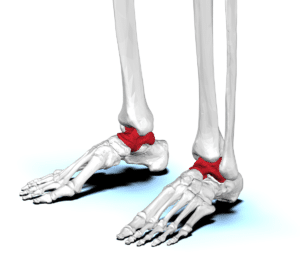
The talus is one of three bones that form your ankle. It’s situated in the back of the foot and connects the tibia and fibia (your two leg bones) to your foot, which allows you to flex and point your foot. Now, I’ve had ankle fractures before–at least three–but none have required surgery. Here’s why a broken talus is such a problem.
Why surgery?
When a bone breaks, it needs blood supply to stimulate the regeneration of tissue. The talus only has three arteries that deliver blood to the bone, so healing a fracture here is very difficult. There’s a big risk of avasucular necrosis–basically, the bone can die because it doesn’t have enough blood to fix itself–and if that happens, you’re looking at a full ankle replacement. No thank you! Because of this, talus fractures usually require surgery.
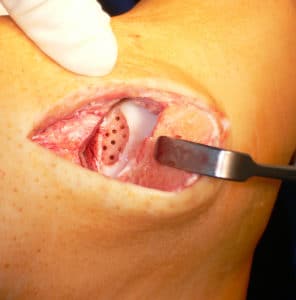
In surgery, doctors drill tiny holes into the broken bone, a process called microfracturing, which, contrary to common sense, actually helps stimulate blood flow and promotes healing. If a talus fracture is displaced (meaning the bones don’t line up with each other), sometimes you need plates and screws to put it back together again. Luckily, I had minimal displacement and didn’t need any metal. But I had another couple of problems, and that’s where the the marvels of modern medicine come into place.
What’s wrong with your talus?
I essentially sheared off a big chunk of the top of my talus, and some parts split into bone fragments that could potentially lodge in my appendix or, worse, my lungs. For that reason alone, I needed to have surgery to remove the fragments. If the bigger pieces were left in place, I’d never really be able to walk right again because they would be in the way as I tried to articulate my ankle. Additionally, because I took off the top of the bone, all the cartilage that allows your ankle to move smoothly from pointed toe to flexed foot was destroyed. The goal of surgery was to removed the broken chunks of bone and to replace the cartilage with allograft cartilage.
What’s allograft cartilage?
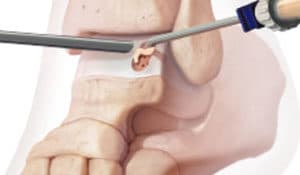
Even five years ago, injuries like mine would have only been treated by cleaning out the bone fragments and microfracturing the talus, but recent studies have found that applying allografts (donor tissue) helps the body to regenerate the best kind of cartilage for that particular body part. The product now inside my ankle is called BioCartilage, and it’s made from “dehydrated, micronized allogeneic cartilage and is implanted with the addition of platelet rich plasma over a microfractured defect.” In layman’s terms, donor tissue has been synthesized into a paste that is then applied over the microfractures. This material interacts with your body’s natural cell growth and has better long-term outcomes for regenerating the cartilage that was damaged with the break.
What’s next?
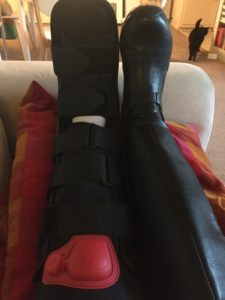
Another two weeks of no weight bearing, then it’s off to physical therapy and a very sexy walking boot. I’ll be sporting that puppy for the next three months, so be sure to comment on my fashion-forward mismatched shoes the next time you see me. In six months, I should be back to normal, dancing and practicing yoga. In the meantime, you’ll probably be seeing me more here on the blog. I’ve gotta say, my cats are loving the fact that I’m in bed all day. What will they do when I’m up and running again? 🙂

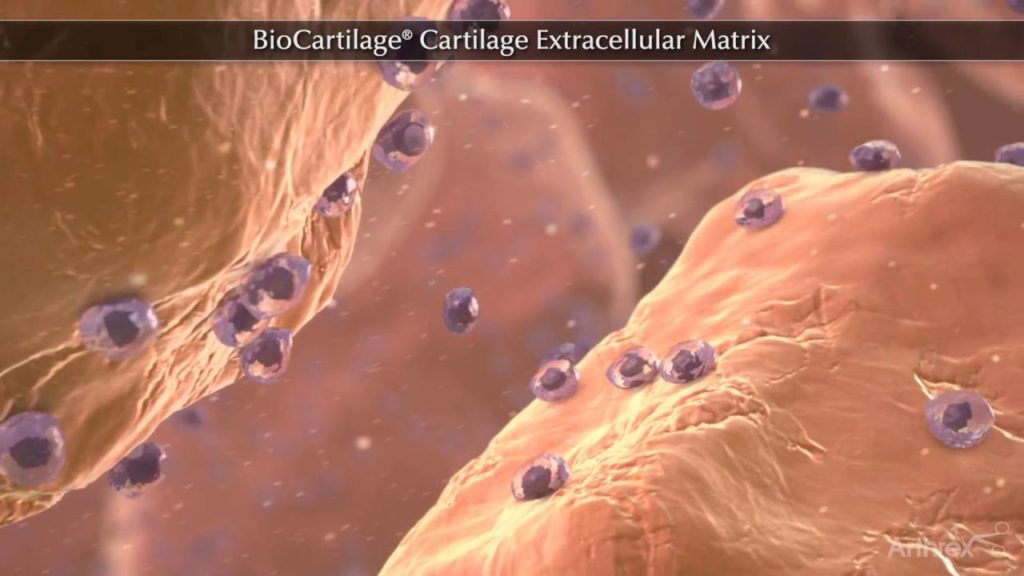
Pingback: How I Took Halloween Way Too Seriously, or Turning a Broken Ankle into a Science Experiment | Gia Mora